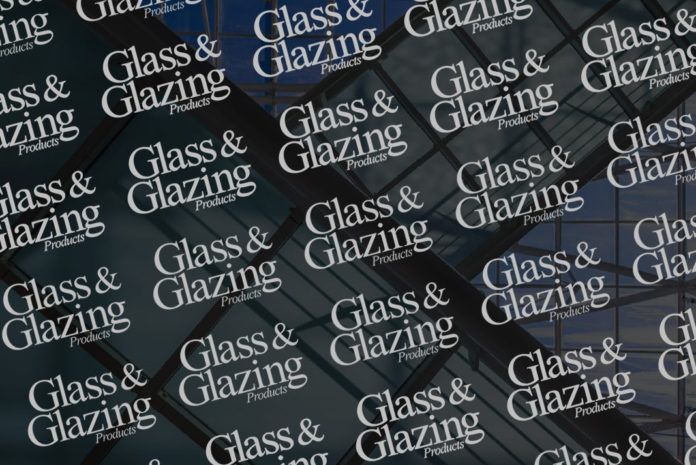
Having been in the window Industry for over 30 years, predominantly on the supply of PVC-U profiles, I always found that we would do everything to comply with all the rules and regulations regarding the manufacture and supply of window products to the market.
Having recently been involved in the formation of the Saveheat group, which is made up of four companies manufacturing four window products including PVC-U, timber, aluminium and IGUs. It’s the timber side that concerns me most. My concerns are not about what is the best material for windows, but rather the glass units that some companies are putting into these timber windows and the claims that are being made.
There are widespread concerns in the Industry in relation to the durability of narrow cavity, reduced sightline insulating glass units (IGUs).
All IGUs placed on the European market (including the UK) must, under the Construction Products Regulations, be manufactured in accordance with all parts (1 to 6) of EN 1279, the harmonised European Standard for IGUs.
The primary requirements of EN 1279 to demonstrate durability of the IGU, to provide a reasonable service life are:
Testing to EN 1279 part 2 – Long term test method and requirements for moisture penetration
Testing to EN 1279 part 3 – Long term test method and requirement for gas leakage rate and for gas concentration tolerances
There also needs to be a clear system description to prove that the test evidence, that some companies are producing, relate specifically to the low sightline narrow cavity units and not to standard units.
The majority of manufacturers producing these IGUs are using a ‘warm edge’ spacer bar with a height of 3mm and although the manufacturers of this spacer bar are unable to pass the required test with a sealant depth over the spacer bar of 5mm or more, making an overall sightline height of between 8 to 10mm, many manufacturers of these IGUs reduce this sealant depth to 2mm to achieve a 5mm sightline. This is specified (wrongly) by a number of local authorities and other bodies to give a reduced visibility of the spacer bar, therefore giving more of a single glazed appearance, and to enable narrow ‘through’ glazing bars /astragals in multipane items. The problem with this is that the reduction of this sealant depth seriously affects the IGUs ability to resist moisture penetration and gas loss which in turn results in premature IGU failure.
Modern timber window manufacturing techniques allow multipane windows and doors to be manufactured with single pane IGUs with normal height perimeter sightline / edge seal, sub-divided within the IGU cavity and once glazed, fitted with a structural glazing frame to the inner and outer faces of the IGU, accurately replicating narrow ‘through’ glazing bars, but offering the durability and thermal performance expected by home and building owners of modern, double glazed windows and doors, which would also allow them to comply with EN1279.
I have spoken to a number of people in the industry and no one seems to be aware of any IGUs currently on the market with sightlines below 8.5mm that comply with the required standard (EN 1279) and therefore cannot demonstrate the durability expected of an insulating glass unit.
As a manufacturer of IGUs, who have the ability to manufacture these units, we have decided to take a stance and only supply a product that complies fully to the Industry standards, but we seem to be a lone voice out there.
I would hope that the Industry regulators, planning and conservation officers, architects and other specifiers, pick up on what we are trying to do and support us, as there is product being installed that is illegal, there is an issue over heat loss, noise reduction, safety and security and to top it all it can cost 40-50% more than compliant product.
I believe that the best way to stop this is for the industry to stop turning a blind eye to this and look at how we get together to stop it happening altogether before it does even more damage to the industry.
Regards
Colin Torley
Sales and operations director
Saveheat Group



